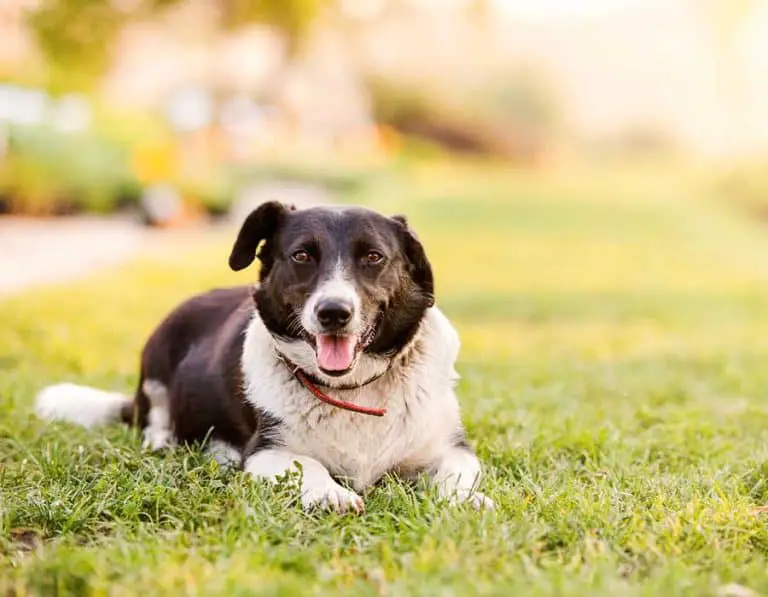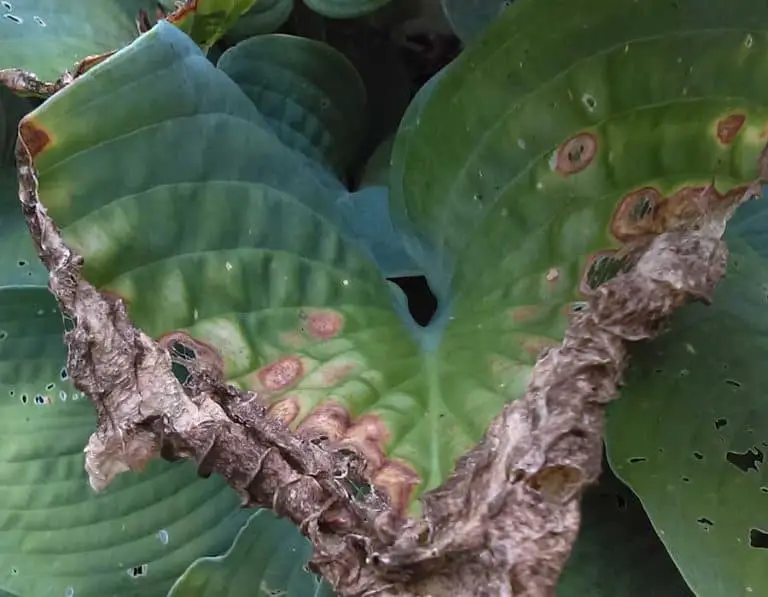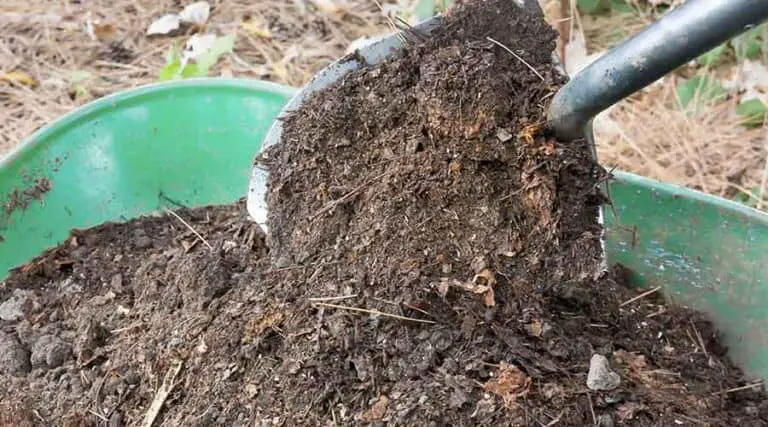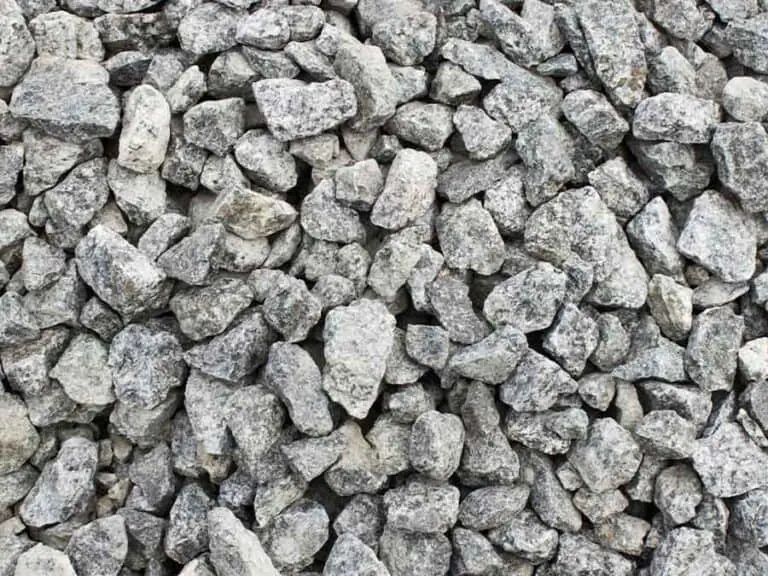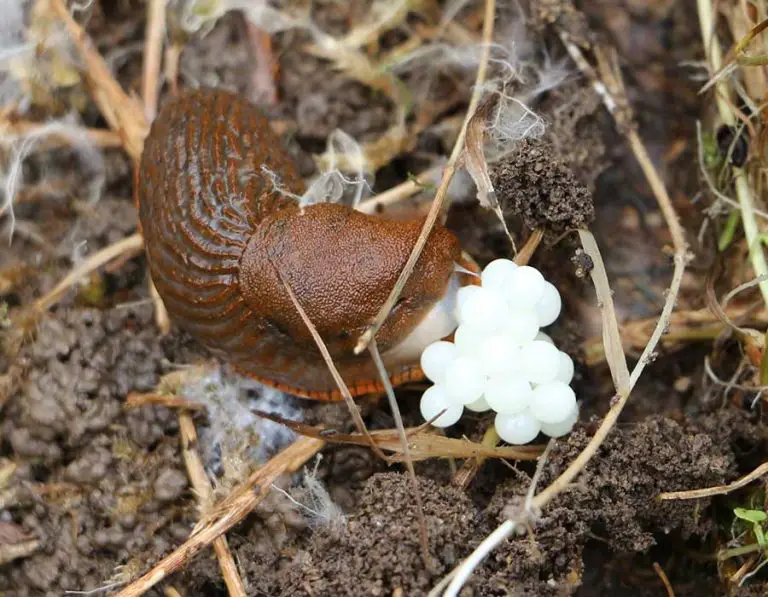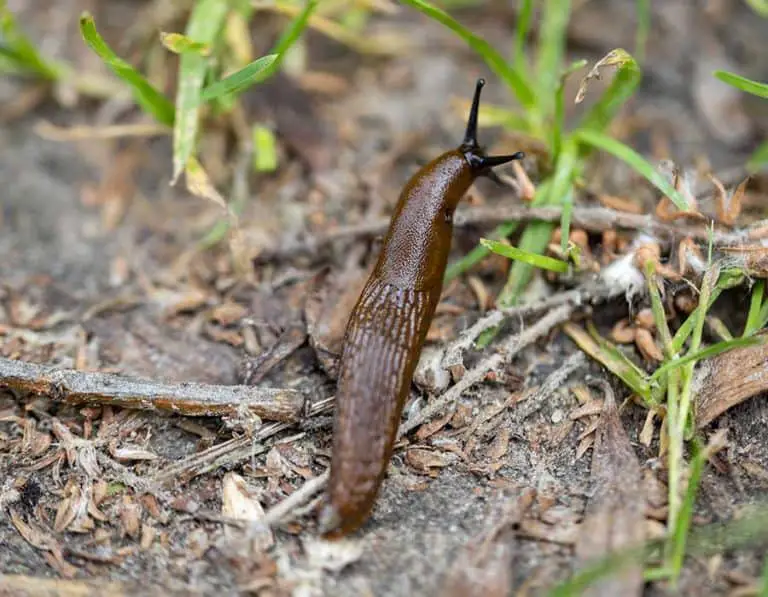Are Leopard Slugs Poisonous? Debunking the Myth
As a garden enthusiast, I often encounter various creatures roaming among the plants, and one day I stumbled upon a fascinating creature known as the leopard slug. The question that immediately came to my mind was, “are leopard slugs poisonous?” In this short introduction, I will discuss my findings, breaking down any misconceptions and providing a clear answer.
During my research, I discovered that leopard slugs, scientifically named Limax maximus, are a type of terrestrial slug found in various parts of the world. Known for their distinctive pattern resembling that of a leopard, they are quite a sight to behold. These slugs are nocturnal, making them primarily active during the night, and tend to dwell in gardens and forested areas.
It is important to address the safety concerns that may arise when encountering these creatures. Many people worry that they could be harmful to humans or pets, especially given their striking appearance. As I delved further into the subject, I uncovered some intriguing information that sheds light on this common query.
Leopard Slugs Overview
As someone who loves exploring the natural world, I find leopard slugs to be among the most fascinating creatures. Native to Europe, these slugs have now spread to North America, where they can be found in various regions. These mollusks are most active at night, and one of my favorite reasons for examining them is their intricate, unique patterns that resemble that of a leopard – hence their name.
Measuring up to 20cm in length, leopard slugs are relatively large within the slug family. When it comes to their diet, I’ve found them to be quite helpful in maintaining a garden’s health. They consume fungi, decomposing plants, and even other slugs. As opposed to damaging the garden plants, they can provide a useful service by ridding the area of other potential pests.
In my research, I discovered that leopard slugs are hermaphrodites, meaning they possess both male and female reproductive organs. It’s important to note that they still require a partner to mate, and their mating ritual is quite unique. They’ll hang from a tree branch or structure using a mucus rope and then entwine their long bodies together during the process.
One concern people often have when encountering slugs in general is whether these creatures are poisonous. While some slugs can secrete substances that are potentially harmful, it’s important to understand the specifics when it comes to leopard slugs.
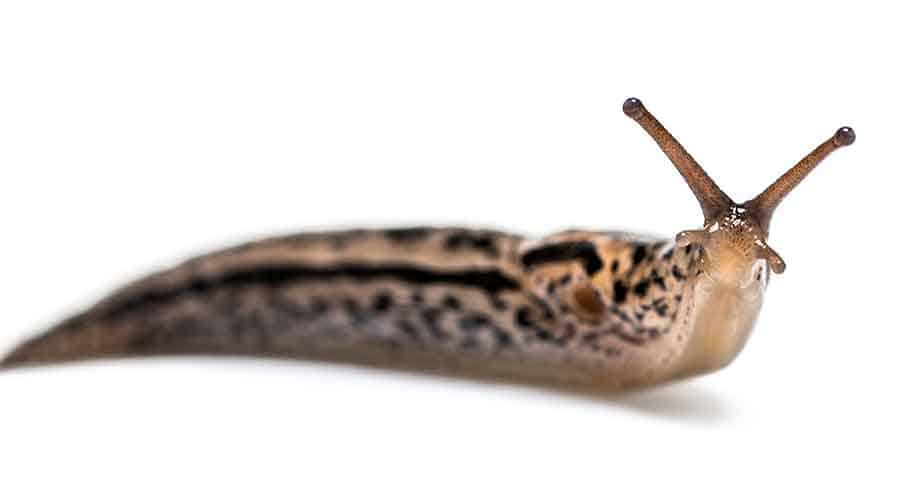
Poisonous or Not?
As I researched leopard slugs, one of the main concerns that came to my attention was whether these slugs are poisonous or not. To put it simply, leopard slugs are not poisonous. They do not produce any venom, nor do they have any harmful secretions that could endanger humans, pets, or other animals.
However, it’s important to mention that leopard slugs, like most other gastropods, have a slime trail. This slime is a mucus-like substance that the slug leaves behind as it moves. While not toxic, the slime can be unappealing and irritating if it comes in contact with our skin or other surfaces.
While some slugs and snails are known to carry parasites or pathogens, leopard slugs are not known for transmitting any serious diseases to humans. That said, it is always a good idea to practice proper hygiene and wash our hands thoroughly after handling any slug or snail, just to be safe.
Although not poisonous, leopard slugs may pose a threat to certain plants in our gardens. They are known to feed on various vegetation, including some flowers, fruits, and vegetables. As a gardener, I need to implement proper pest control measures to protect my plants from these slugs, without causing harm to the slugs themselves.
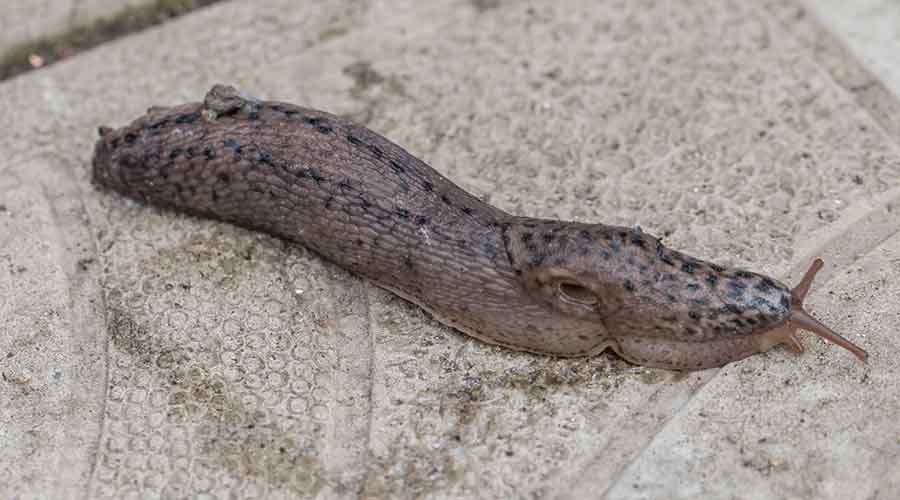
Slug Diet and Feeding Habits
In my research about leopard slug diet, I discovered that they are generally herbivores. They prefer eating fungi, decaying plants, and sometimes living plants. However, what truly sets them apart is their ability to eat other slugs and snails, making them omnivores.
Their feeding habits contribute significantly to the decomposition process, and, in turn, the health of the soil. I noticed that they often consume the young growth of plants or damaged fruits, but they rarely cause damage to most healthy plants.
Leopard slugs display unique mating habits. To reproduce, they engage in a mesmerizing “dance,” dangling from a mucus thread. After exchanging sperm, both individuals can lay eggs. Eggs are usually laid deep in the soil, ensuring their protection against predators and harsh weather.
Regarding potential lethality or harm, it’s essential to highlight that leopard slugs don’t possess the stinging cells or venom common to venomous creatures. They also don’t bite or harm humans. By merely observing them or accidentally touching one, you won’t face any real danger.
If ingested, there is a chance they might carry parasites that can cause harm to humans, though such cases are rare. Therefore, it’s important to always wash our hands after handling slugs, and avoid eating them or placing them in our mouths.
Impact on Humans and Pets
I’ve observed that leopard slugs, also known as Limax maximus, are generally considered non-poisonous and pose no significant threat to humans or pets. While their slimy appearance might be off-putting, these creatures are relatively harmless and play an essential role in the ecosystem by breaking down organic material.
In my experience, the most significant concern posed by leopard slugs is the potential for infestation in gardens, where they can cause damage to plants by eating the leaves and stems. However, this issue can typically be managed through natural pest control methods or by introducing their natural predators such as hedgehogs and certain types of birds.
Another interesting fact is that leopard slugs produce a thick mucus that could cause mild irritation if it comes into contact with your skin or your pet’s fur. I had to wash my hands thoroughly to remove the slime and avoid any discomfort. If your pet encounters a leopard slug, be sure to clean the area of contact.
Here’s a summary of the impact of leopard slugs on humans and pets:
- Non-poisonous and harmless to humans and pets
- Can cause damage to garden plants
- Their mucus may cause mild skin irritation on contact
- Clean the area of contact if touched by pets
Overall, leopard slugs are fascinating creatures with a low impact on humans and pets. Just remember to practice good hygiene after interacting with these slugs to avoid any minor discomfort.
Slug Control in Gardens
As a gardener, I’ve encountered leopard slugs many times. While they’re not poisonous, they can still cause damage to plants. In this section, I will discuss different ways to keep slugs in check, focusing on natural predators and chemical measures.
Natural Predators
One of the most effective solutions to managing slug populations in gardens is by attracting their natural predators. Personally, I’ve found the following to be helpful:
- Hedgehogs: These spiny mammals are known for their voracious appetite for slugs. By providing a suitable habitat, such as a pile of leaves or a small, sheltered area, you can encourage hedgehogs to visit your garden.
- Birds: Many bird species, such as thrushes and blackbirds, feed on slugs. By installing bird feeders, bird baths, and nesting boxes, you can attract these birds to your garden.
- Ground beetles: These insects are natural predators of slugs. To encourage ground beetles, you can create a habitat rich in small plants, stones or logs for them to hide under during the day.
Chemical Measures
If natural predators aren’t effectively controlling the slug population, you can resort to chemical measures. Here are the methods I’ve used:
| Method | Description |
|---|---|
| Iron phosphate | This organic compound is a common ingredient in slug baits and works by disrupting the slug’s metabolism. When using iron phosphate, I apply it around the base of plants that I want to protect. |
| Beer traps | A home remedy for slug control that I’ve found effective is beer traps. Fill a shallow dish with beer and sink it into the ground, so the rim is at ground level. The slugs are attracted to the beer and will enter the trap, where they then drown. |
While slug control can be challenging, implementing natural predators and chemical measures has helped me to effectively manage leopard slugs in my garden.
Final Thoughts
In my experience, leopard slugs are interesting creatures to observe and learn about. They play a significant role in the ecosystem by keeping it clean and improving soil quality. However, it is important to address the question: are leopard slugs poisonous?
From my research, I have found that leopard slugs are not poisonous or harmful to humans. Nonetheless, it is still essential to handle them with care and wash your hands afterwards, as they can carry parasites and bacteria. This is especially important if you have a garden and come into contact with these slugs frequently.
It is worth noting that, despite not being poisonous, leopard slugs do have a natural defense mechanism called “slime production.” When threatened, they can release a thick, sticky mucus. This serves as a physical barrier and deterrent to potential predators. It is for this reason that, if you encounter a leopard slug, it is best to observe from a distance and avoid touching it unnecessarily.
In conclusion, while leopard slugs may not be poisonous or dangerous to humans, it is always a good idea to exercise caution when interacting with any creature in the natural world. By doing so, you will protect both yourself and the animal in question.

